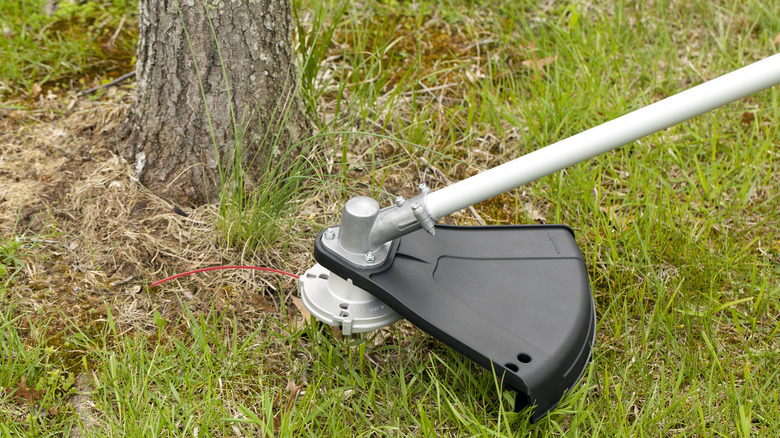Quite the beauty, Japanese elms (Ulmus davidiana var. japonica) are hardy trees noted for their large canopy that can extend as wide as 35 feet. These trees typically reach about 50 feet but can extend upwards of 80 feet. They are fairly easy to grow and tend to be resistant to Dutch Elm disease, a common problem with other elm trees in the U.S. If you’ve selected this tree for your yard and you’re struggling with its growth, it could be due to where you’ve planted it and how much care you’re giving to support its growth. Japanese elm trees need space since they tend to be expansive growers. They also need sun, and that means choosing a location that’s away from the home. At the same time, you need to provide these trees with ample water as they grow and keep weeds around them at bay. Though low-maintenance trees overall, don’t ignore them once you plant them.
It’s worth putting in a bit of extra work for these trees since they can be fantastic shade trees, an excellent habitat for birds and smaller wildlife, and the buds are perfect for attracting pollinators in the early spring. Some people use the older trees for firewood or building as it’s a durable, beautiful wood. If you want to give a new tree the best ability to thrive, there are several simple mistakes to avoid making.
Avoid planting in a poor location

The planting site and soil for Japanese elm trees can directly contribute to its overall success. If you’re planting a new tree, choose a location with ample sun and little shade. Keep it away from buildings or other tall trees that could create too much shade. For those who already have the plant in place, you don’t necessarily have to move it, but you will need to keep anything around it pruned low enough to ensure the leaves get sun.
The second concern with location is the soil itself. The soil needs to be well-draining and loose, allowing the root system to grow and establish the tree easily. Before planting, consider amending the soil to have less clay by improving the amount of organic material in it. While you’re at it, keep the pH level for these trees between 5.5 and 8 for the best results. In these conditions, your Japanese elm should grow rather quickly, reaching about 23 feet tall within 10 years or less. They work well in home gardens and lawns because most are mid-sized trees that grow well when they have their ideal growing conditions. Moreover, trees can add value to your property when they’re well-established in the right environment.
Don’t overlook weeding and growth support

Another common mistake related to the Japanese elm is simply that many people plant them and let them go on their own. While they don’t need a lot of pruning or maintenance, these trees need two key elements to thrive: a lack of weeds and access to ample water. Their shady canopy creates an easy place for weeds to grow and thrive, especially since grass under these trees may be less dense due to the shade. However, if you don’t remove those weeds, they will compete for soil nutrients and water, making it much harder for the tree to thrive. Remove any weeds and keep most plant life from around these trees, especially during the first years, as the root system develops and deepens.
Another concern is not providing enough water. The soil should be well-draining, but it must be kept as moist as possible. Many elm trees require routine watering to keep them doing well. That’s especially true during dry periods — water heavily several times a week during hot spells to ensure the roots are getting enough water. Although they are moderately drought-tolerant, younger saplings will struggle in dry conditions.




